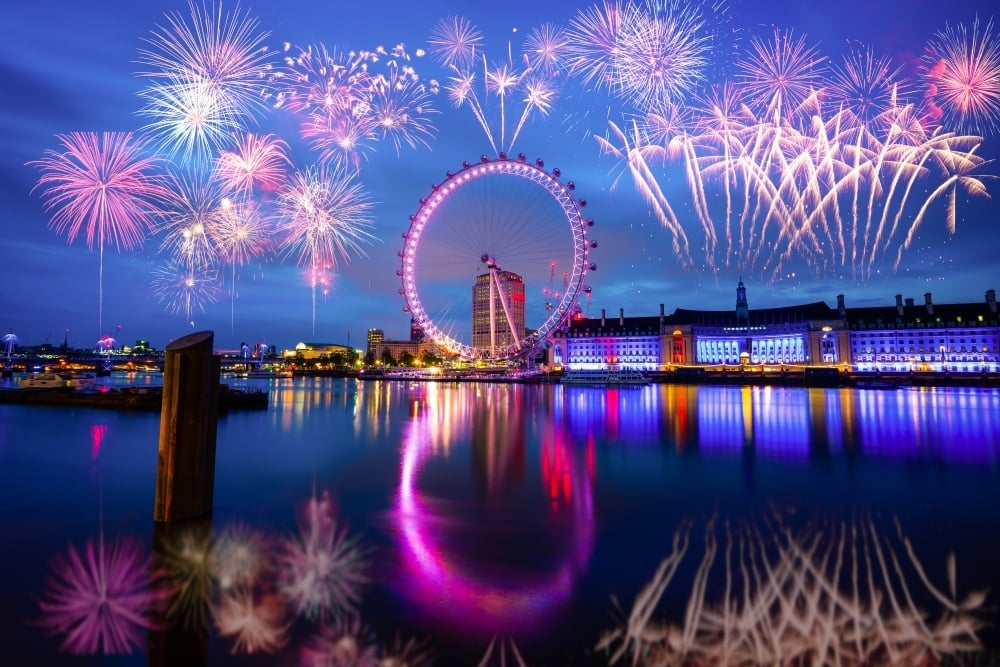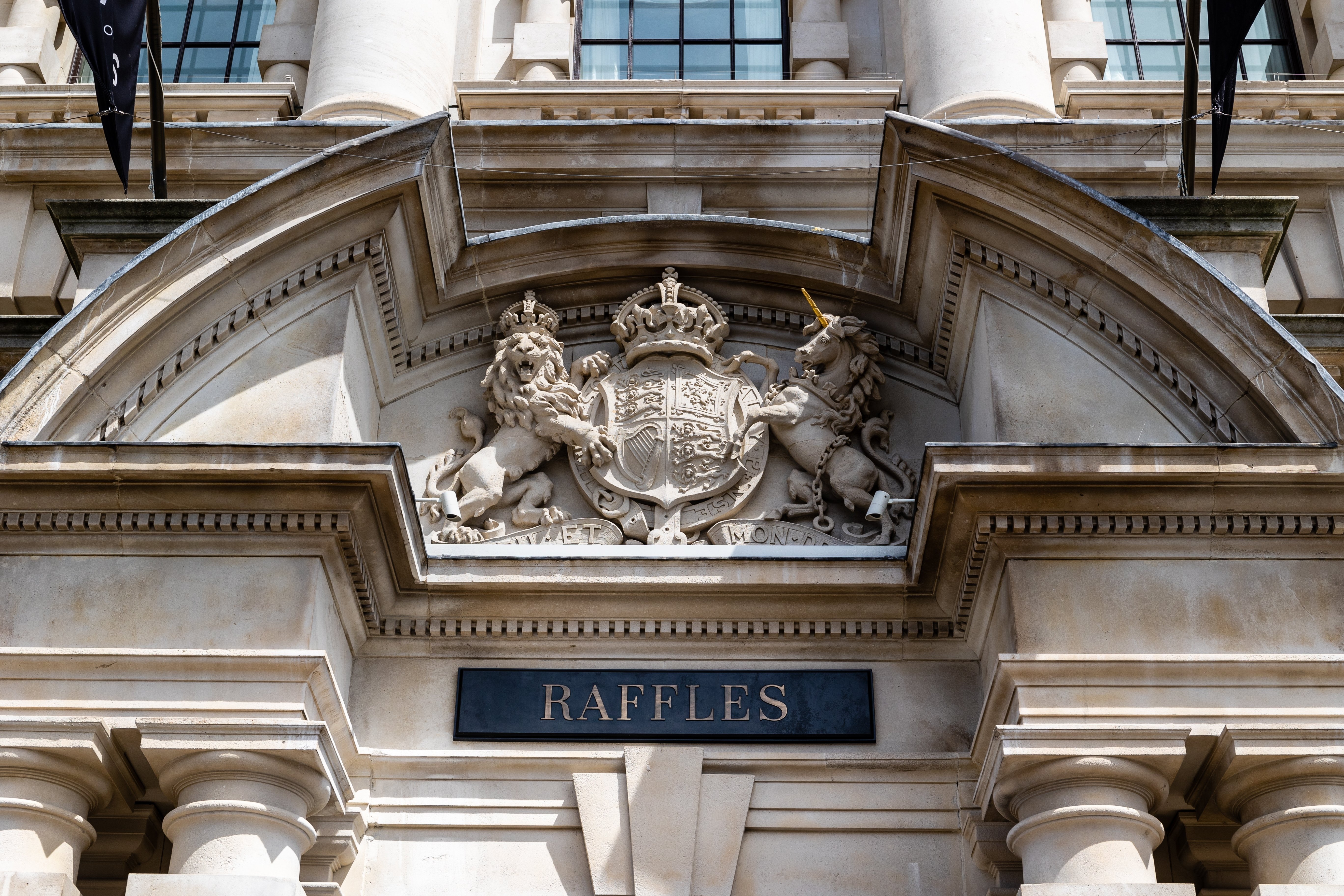Go Green in The Capital - London’s Greatest Outdoor Public Spaces
London is recognised around the world as one of the most important capital cities in modern history. Its connections to transformative and innovative people, architecture, literature, engineering and culture is evident on every street and in every building across its famous skyline. From the majesty of St. Paul’s Cathedral through the Victorian warren of the underground rail system that serves it, and on to the ultra-modern shapes of The Shard, the built environment of London is definitely something special.
However, the River Thames that dances through the city gives a clue to what once was for this bustling metropolis. A tapestry of forests, marshlands and meadows once surrounded the great river that supported many diverse ecosystems and early settlements. A huge transformation began with Roman occupation and continued through the mediaeval years with much of this green and pleasant land being acquired by nobility for their own leisure pursuits.
As industrialisation took hold in the 19th century, it was decided that certain green spaces should be offered protection to respond to the public health concerns and wellbeing of the people in overcrowded neighbourhoods and areas. The Parks Regulation act of 1872 set the standard and is one of the main reasons why London is still home to a collection of incredible green spaces for its residents and visitors.
Here is our guide to the very best amongst them.
Hyde Park
To earn the nickname of The People’s Park is quite an honour when London has so many to choose from. This impeccable estate is so full of life, landscape and legendary amenities that it could be easily viewed as an outdoor palace that has been a priority attraction for centuries. Its location in the very heart of Central London provides it with the impressive neighbours of Mayfair to the east and Knightsbridge to the south, which makes it a favourite of both those elite areas when the sun shines, and at 350 acres there is plenty of room to support them all too. This place was originally a private hunting ground for Henry VII until Charles I opened it up to the public in a pioneering way that many rulers and leaders would eventually come to follow. There is simply too much to experience here in one visit, with wild swimming at the Lido, the incredible water architecture of the Serpentine Lake and the sombre and serene haven that surrounds the Diana Memorial Fountain. History lies everywhere the eye falls from the bridleway of Rotten Row to the unmistakable, and often raucous, energy of Speaker’s Corner and it feels as though everything demands further exploration. Hyde Park is a London institution that will entrance, entertain and educate with every return visit.
Kew Gardens
This 330-acre work of botanical theatre is the pride of southwest London, eternally blooming between the boroughs of Richmond upon Thames and Kew. As a UNESCO World Heritage Site, it represents so much more than just a green space with over 50,000 living plants that make it a beautiful museum to the natural world. This is where the famous English travellers and documentarians of the globe would bring back their findings to study and grow for displays to an awe-inspired public. And that philosophy remains today across the structured landscape of sweeping lawns, manicured gardens, woodlands and lakes. There are moments of modern drama here too to enjoy, most notably through the Treetop Walkway that provides an aerial path suspended 18 metres above the forest floor to provide a thrill of a different kind.
The Japanese Landscape Garden is a haven of zen minimalist design with opportunities for quiet reflection and the private garden tours tell tales of the old kings, queens, explorers and naturalists that are connected with this fascinating and captivating space. Kew Gardens acts as a temple for our greater understanding of nature. To walk within its grounds is to carefully follow in the footsteps of Darwin and Joseph Banks, strolling through a love letter to the incredible sights our shared world produces year after year.
Hampstead Heath
If a location is to be judged by the people that choose to spend time there, then Hampstead Heath surely holds a place unrivalled by any in the entire world. Throughout the ages this has been the destination of choice for poets, writers, artists and all manner of great thinkers. Keats, Orwell, Henry Moore, Daphne Du Maurier and Sigmund Freud have all gazed in wonder at the wild, untamed and stirring beauty of Hampstead Heath that undoubtedly informed and inspired their work.
High above the crowds of 21st century North London, this is more of an entire landscape than a green space with 790 acres of authentic tangled woodlands and wildflower meadows to ramble through. The views here are spectacular. So much so that the vista from Parliament Hill on Hampstead Heath is protected and enshrined in law to preserve it for future generations, looking out onto the skyline of the capital on the Thames.
What was once property of the monks of Westminster Abbey is now a wild and enduring space for all, with three natural swimming ponds fed by the nearby River Fleet providing cold therapy and connection to nature in an unspoilt way. As Keats himself wrote “Cool'd a long age in the deep-delved earth…”, an experience not to be missed.
Regent’s Park
If Regent’s Park is considered to be picture perfect then the frame that surrounds it is equally impressive with the neighbourhoods of Marylebone, Primrose Hill and St Johns Wood representing the best of north west London. The broad avenues and striking symmetry of Regent’s Park tell a story of neoclassical landscaping that represents elements of formal beauty through order, proportion and civic wealth.
At the centre of its 410 acres is the Inner Circle, where one will find Queen Mary’s Gardens with over 12,000 roses studded across the grounds amongst fountains and wisteria-draped pergolas that are immaculately placed for a romantic air. The park is also home to London Zoo, the world’s oldest scientific zoo that still operates as a hub for conservation, breeding and research. It is wonderful to think that a place created with such affinity to the mathematical beauty of the classic world is now providing sanctuary to over 1400 animals, many of them endangered and protected. Something well worth celebrating as you wander amongst them in the glorious surroundings of this exquisitely crafted open space.
London’s status as a hub of modernity makes it incredibly attractive for city living. The world’s elite continue to be drawn here for its connections to commerce and culture in an unmatched way. The real beauty of the city is how effortlessly it can also provide a connection to the enduring appeal of nature too, and these green spaces are the best way to experience them. The best of both worlds, indeed.



